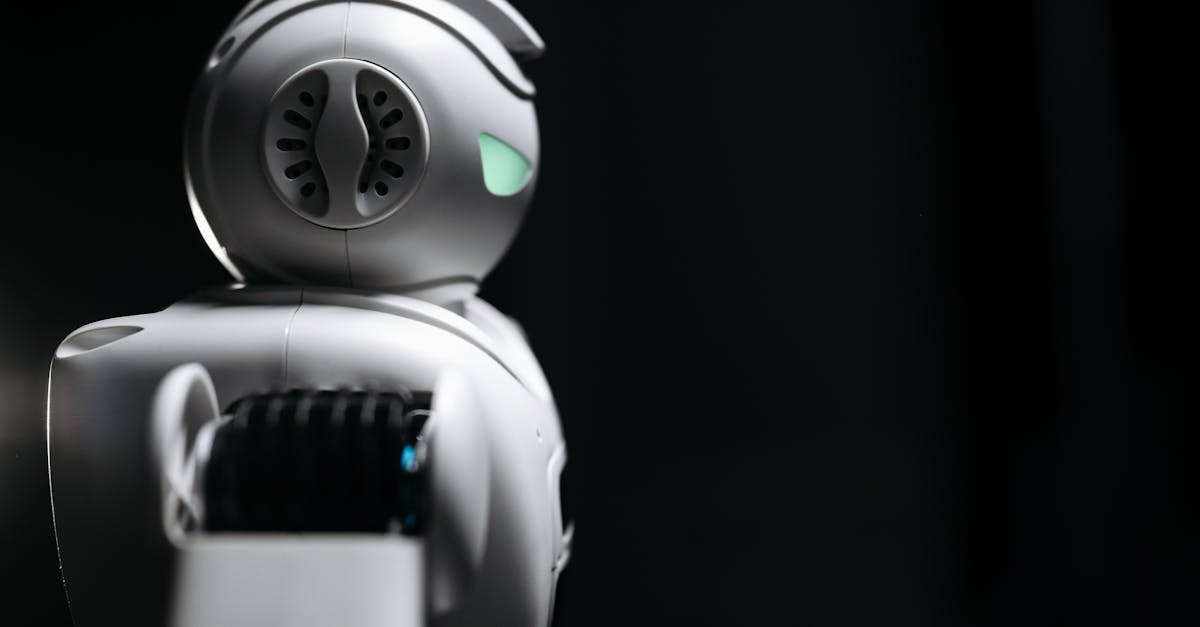Exploring the Lessons from the Largest Tech Outage in History and How AI Can Prevent Future Disasters
Introduction
Airlines, banks, casinos, package deliveries, and emergency services worldwide are recovering from what many are calling “the largest tech outage in history.” Surprisingly, the disorder wasn’t caused by a foreign cyber-attack but stemmed from a faulty software update issued by the U.S.-based cybersecurity firm Crowd Strike. Could this have been avoided? Let’s dive into how such situations can be anticipated and mitigated with advancements in AI and cloud technologies.
The Outage: A Closer Look
The global tech outage impacted a series of operations across multiple industries, highlighting the interconnected nature of modern IT systems. While Crowd Strike has promptly addressed the issue, it opens up questions regarding software update management and incident prevention strategies in the digital era. Here are some knowledge points:
- Software Update Testing: Implementing CI/CD (Continuous Integration/Continuous Deployment) alongside AI-driven testing could have identified problems before deployment.
- Predictive Analytics: AI algorithms offer insights by analyzing historical data to predict potential risks and mitigate them.
- Machine Learning for Real-Time Monitoring: By leveraging machine learning models, companies can detect anomalies in real-time and trigger defensive protocols to prevent an outage.
Preventing Future Disasters with AI and Cloud Innovations
With innovations in AI and cloud computing, security firms can become more adept at preventing and quickly recovering from disruptions. Here are a few practical steps organizations can take:
Embrace AI-Powered Automation
The application of automation tools such as Kubernetes for orchestrating cloud deployments helps in rolling back failed updates with minimal downtime. Organizations can further explore AI solutions from providers like Microsoft Azure and AWS, which offer predictive maintenance features and anomaly detection algorithms.
Implement Machine Learning Models
Utilizing machine learning, companies can constantly monitor network data for suspicious activities. This allows them to be proactive rather than reactive in handling potential threats.
Enhance Collaboration and Communication
Cloud-based collaboration tools such as Slack or Microsoft Teams can help teams communicate more effectively, reduce response time, and collaborate in fixing outages quickly.
Conclusion
The incident with Crowd Strike stands as a stark reminder of our reliance on software reliability and cybersecurity. By utilizing AI and cloud technologies, we can transform how businesses manage and mitigate potential outages. As you ponder over your IT strategies, consider visiting ezrawave.com to learn how our experts can help your organization stay ahead with tailored AI solutions.
